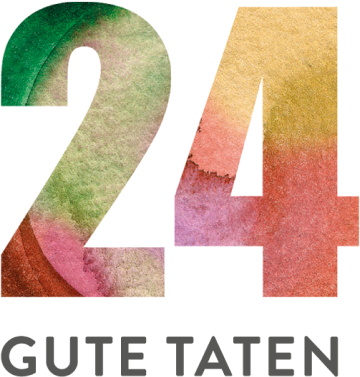Day 9
A food ration for a rescued wild animal in Vietnam
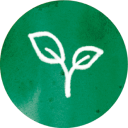 Protecting wildlife
Protecting wildlife
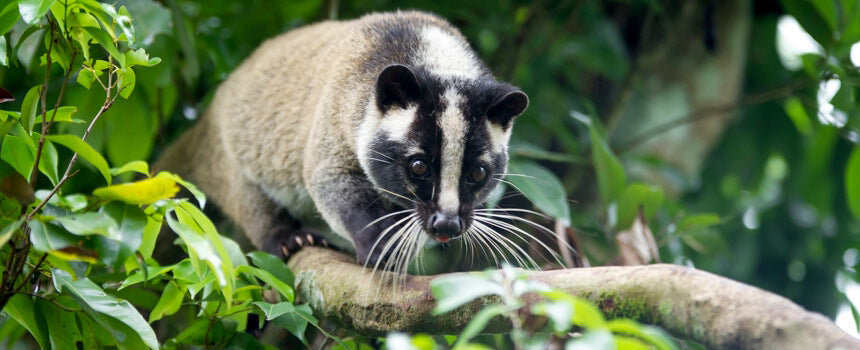
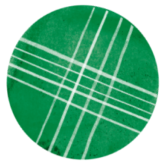
Caring for rescued animals in Vietnam

need
Food for confiscated wild animals rescued from the illegal wildlife trade in Vietnam.
activity
In the rescue center, confiscated wild animals receive a food ration.
Measurable performance
Number of food rations for confiscated wild animals, such as pangolins.
Result
By caring for the confiscated animals, the wild animal population is protected.
Systemically relevant impact
The care allows for later re-release into the wild, thus preserving biodiversity in Vietnam.
background
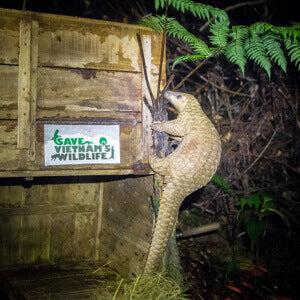
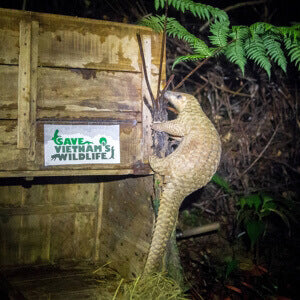
The good deed
AboutVietnam
Hanoi
Capital city
95 415 000
Population
5.859
Gross domestic product
per capita per year
116
Human Development Index
(Human Development Index)
